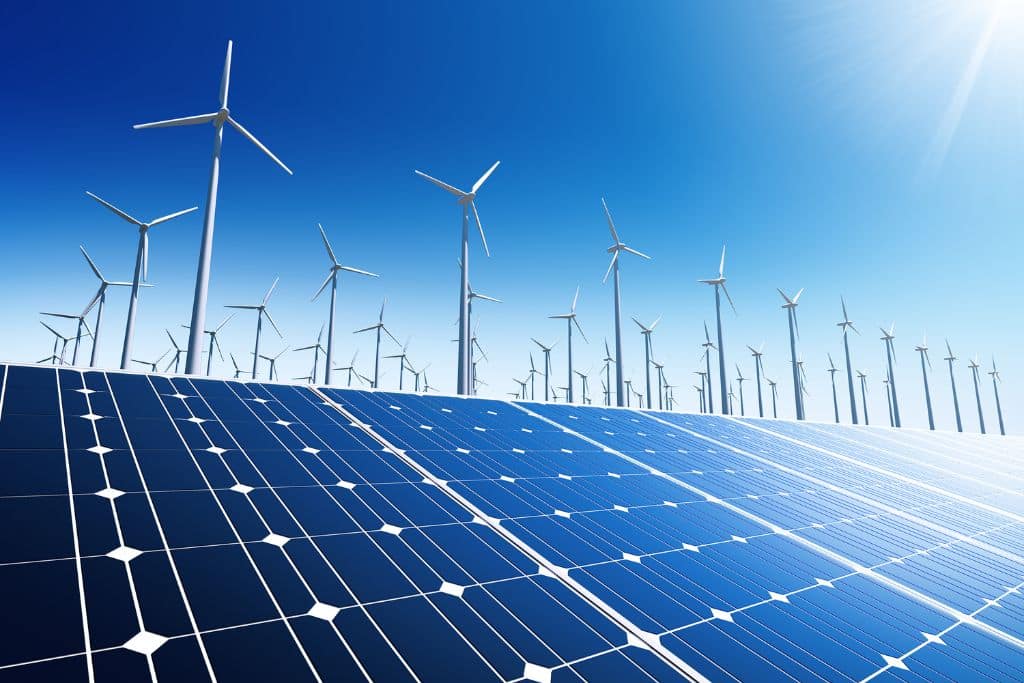Renewable energy is not just Africa’s best hope for closing the electricity gap, it is also one of the continent’s biggest near-term job engines. Forecasts point to a realistic pathway that could deliver millions of direct green jobs in the next decade while powering enterprises, schools, and clinics.
Estimates suggest that by 2030, Africa could create 1.5 to 3.3 million direct renewable energy jobs, concentrated in clean power and linked value chains. Broader development scenarios suggest that the green transition could support tens of millions more indirect jobs by mid-century if investment and training are scaled up.
Why Jobs Follow Panels, Turbines, and Mini-Grids
Globally, the renewable energy sector is among the fastest-growing job creators. Millions of people are already employed worldwide in manufacturing, installation, operations, and distribution of clean energy technologies.
Africa has a unique advantage: it is home to some of the best solar resources in the world. Pair this with rapidly falling technology costs and strong demand for reliable electricity, and the recipe for large-scale job creation is clear. Each solar farm, wind project, and mini-grid that comes online creates new opportunities from site construction and installation to long-term operations and supply chain services.
Where the Jobs Will Come From
Renewable energy creates employment across multiple stages of the value chain:
- Construction and installation (short-term): Solar farms, wind farms, and geothermal plants require engineers, technicians, and construction crews. These jobs are accessible to semi-skilled workers after short training programs.
- Off-grid sales and servicing (short–medium term): Pay-as-you-go solar, mini-grids, and appliance servicing generate steady local employment in towns and villages. This sector is especially labor-intensive per megawatt deployed.
- Manufacturing and assembly (medium term): Establishing factories for solar panels, batteries, and inverters creates factory and logistics jobs, while retaining more economic value locally.
- Operations and maintenance (long-term): Plants need technicians and engineers to ensure reliable performance over decades, creating durable jobs.
- Emerging value chains (medium–long term): New industries such as electric mobility, cold storage for agriculture, green hydrogen, and e-waste recycling offer future employment opportunities.
Also read: Can Solar Save Africa’s Health Systems from Collapse?
Off-grid and distributed energy projects are already proving this model. Across Africa, small solar and mini-grid companies have created tens of thousands of local roles, many of them in remote areas. Each new household connection often leads to new businesses, higher productivity, and more livelihoods.
Why Africa’s Youth Are Best Positioned
With a median age of under 20, Africa has the world’s youngest and fastest-growing workforce. Renewable energy aligns well with youth employment because:
- Many roles require short technical training rather than years of higher education.
- Apprenticeships and vocational programs can prepare school leavers for employment within months.
- The sector encourages entrepreneurship and young people can become solar agents, technicians, or distributors.
- Inclusion policies can deliberately open doors for women and marginalized youth.
If properly harnessed, renewable energy could absorb a significant portion of Africa’s youth entering the job market each year.
Barriers That Could Limit Job Growth
Despite the potential, challenges remain.
- Financing gaps: Many projects stall due to a lack of blended finance and risk guarantees, which are critical for geothermal drilling, mini-grid expansion, and local factories.
- Weak local value chains: Without predictable demand, manufacturing plants for solar or battery components may not take off, leading to dependency on imports.
- Skills mismatch: Many vocational systems in Africa are not yet aligned with the technical skills needed for renewable energy jobs.
Unless these gaps are closed, much of the potential job creation could shift abroad instead of being captured locally.
Policy Levers and Private Sector Actions
Governments and the private sector can take steps to maximize renewable energy’s job potential:
- Procurement rules: Incorporate local employment and skills transfer requirements into utility-scale project tenders.
- Blended finance: Provide guarantees, concessional loans, and risk-sharing mechanisms to unlock private investment.
- Support off-grid growth: Expand financing for last-mile distributors and productive-use appliances, which generate rapid, community-based jobs.
- Expand skills pipelines: Invest in vocational and technical training centers linked directly to renewable projects.
- E-waste management: Plan recycling systems early, which create jobs while ensuring environmental safety.
What Success Looks Like
In the short term (2–5 years), success will look like:
- Announcements of new solar and battery assembly plants.
- Large-scale off-grid tenders bringing new companies and jobs to rural areas.
- Apprenticeship programs graduating cohorts of trained technicians.
- Increased local hiring for operations and maintenance roles.
By 2030, success would mean millions of new renewable energy jobs, improved access to electricity for households and businesses, and stronger local industries.
Also read: How Ethiopia’s Grand Nile Dam Is Reshaping Africa’s Energy and Water Future
FAQs
1. How many renewable energy jobs could Africa create by 2030?
Between 1.5 and 3.3 million direct jobs, with many more indirect and informal jobs supported.
2. Which renewable technologies create the most jobs?
Solar energy, particularly off-grid systems, leads in job creation because of its labor-intensive deployment. Wind, geothermal, and hydropower also generate long-term operations and maintenance roles.
3. Why are these jobs attractive for youth?
They require relatively short training, offer entrepreneurial opportunities, and are available in both rural and urban areas.
4. What skills are in demand?
Installation, maintenance, electrical engineering, battery management, sales, and distribution skills are most critical.
5. What barriers threaten renewable job growth?
Financing challenges, weak local manufacturing capacity, and lack of adequate technical training.
6. How can governments help?
By creating local content policies, funding technical training programs, and incentivizing local manufacturing.
7. Do renewables only create temporary construction jobs?
No. While installation is short-term, long-term operations, maintenance, and new value chains provide lasting employment.
8. How do renewables compare to fossil fuels in job creation?
Renewables typically create more jobs per megawatt, especially in the early deployment stages, though fossil fuel jobs often pay higher wages.
9. What role does the private sector play?
Private companies drive apprenticeships, technology transfer, and supply chain development. Governments provide the enabling environment.
10. Will job creation be evenly spread across Africa?
No. Countries with strong policies and abundant resources (like Kenya, South Africa, Morocco, and Nigeria) will lead, but regional power trade and investment can spread benefits further.



